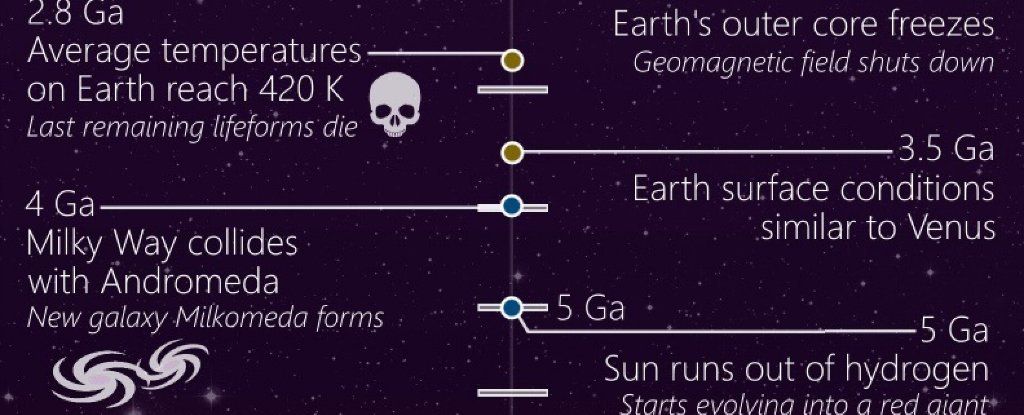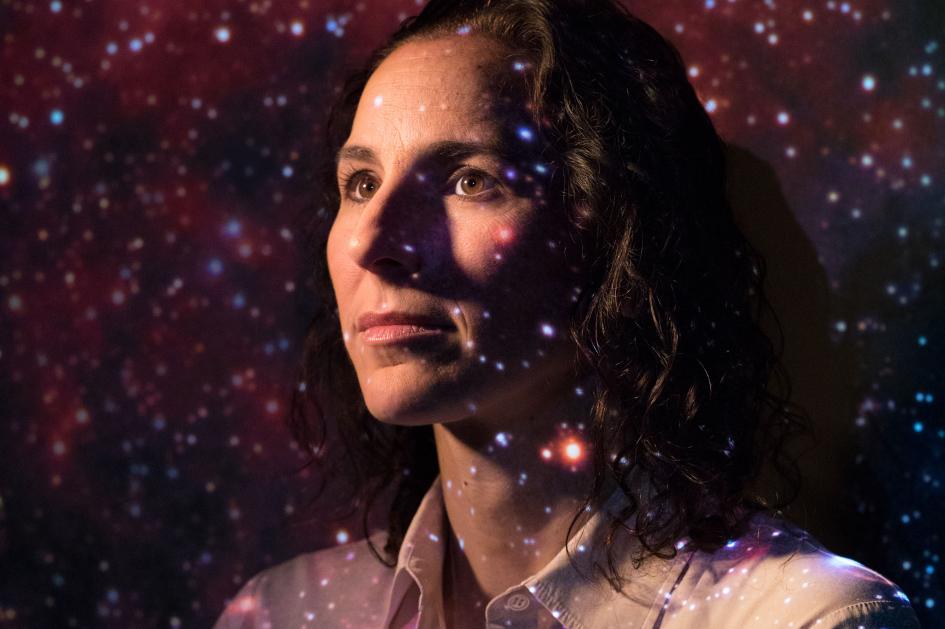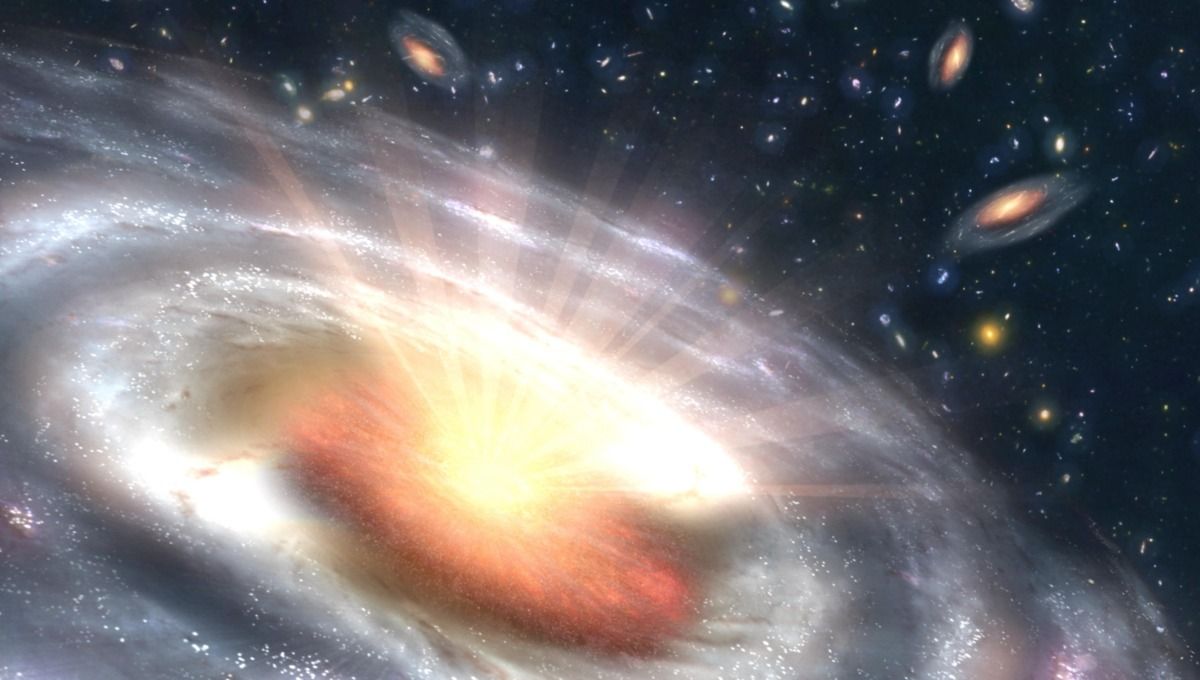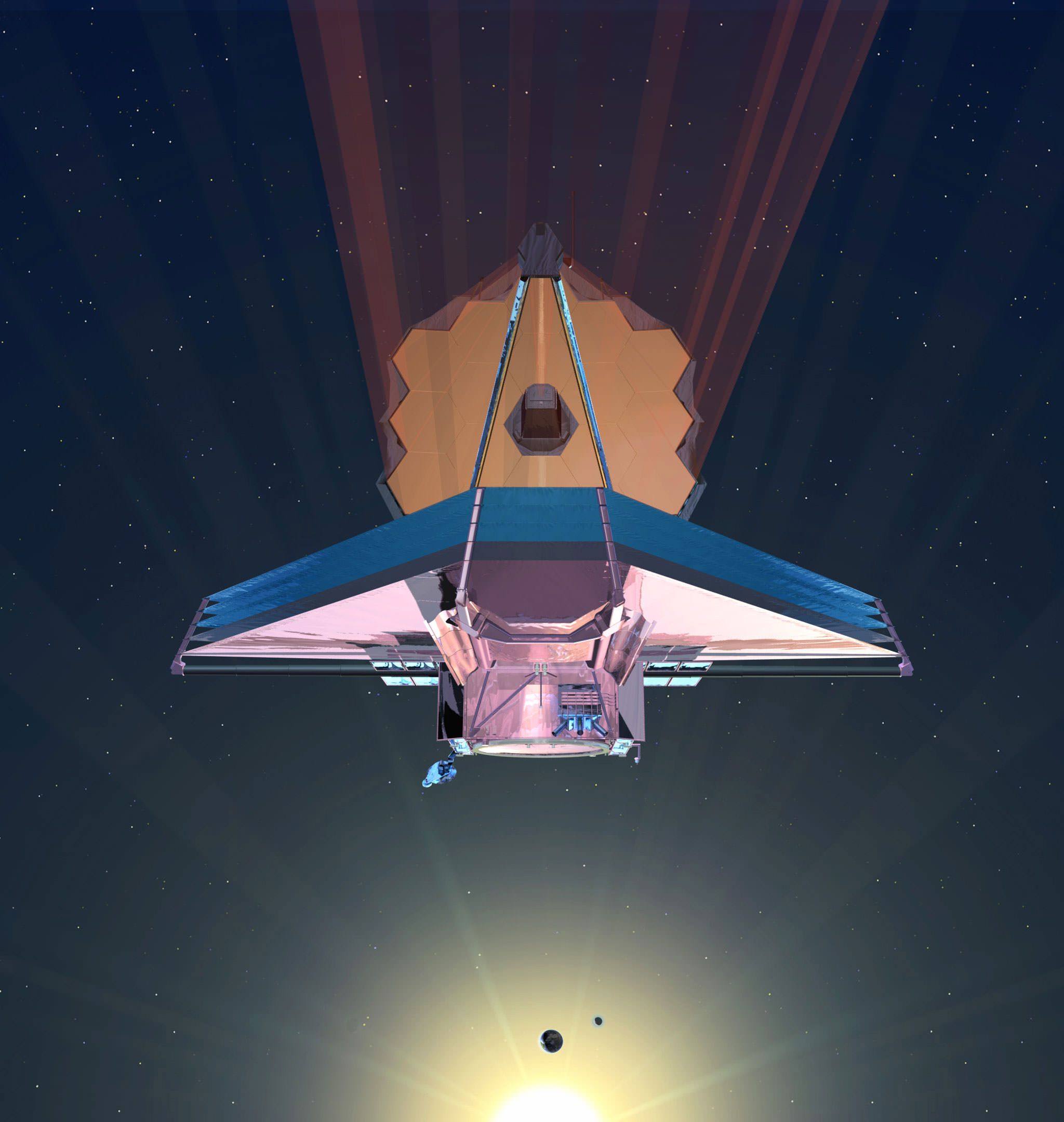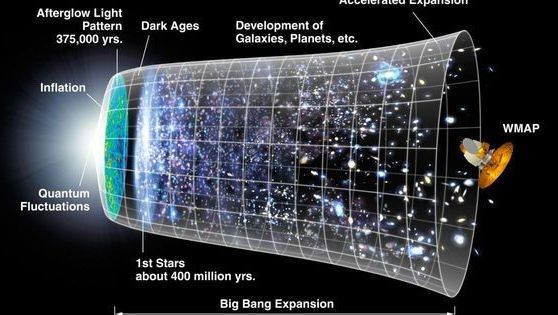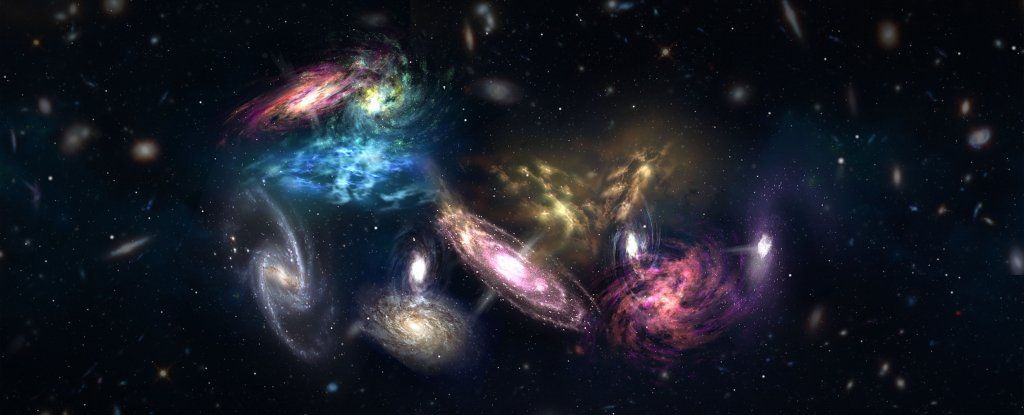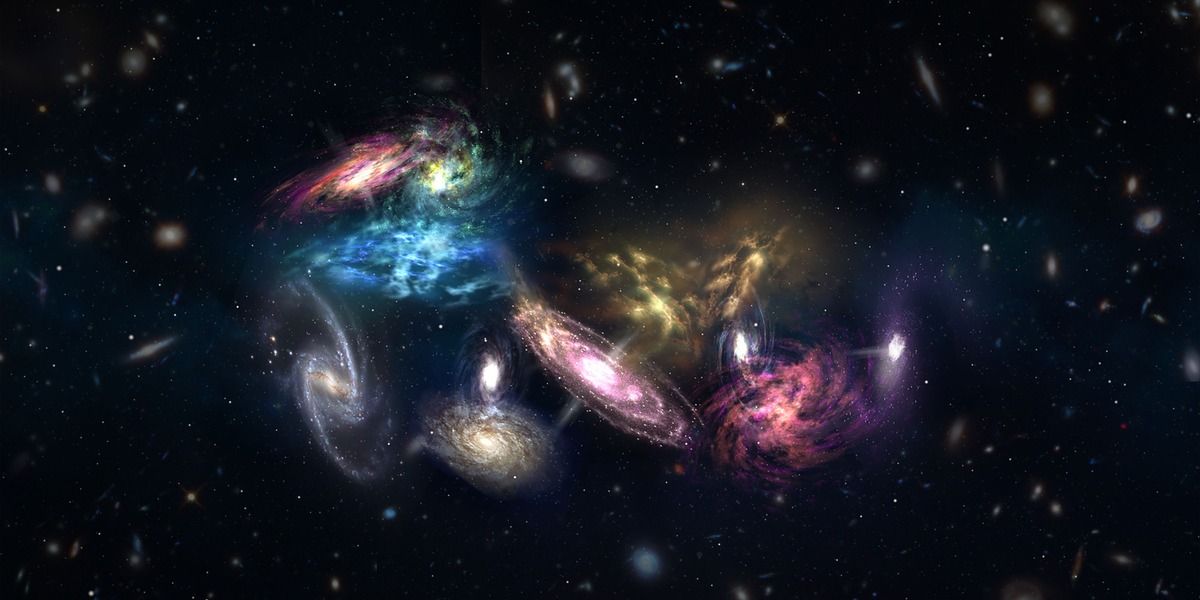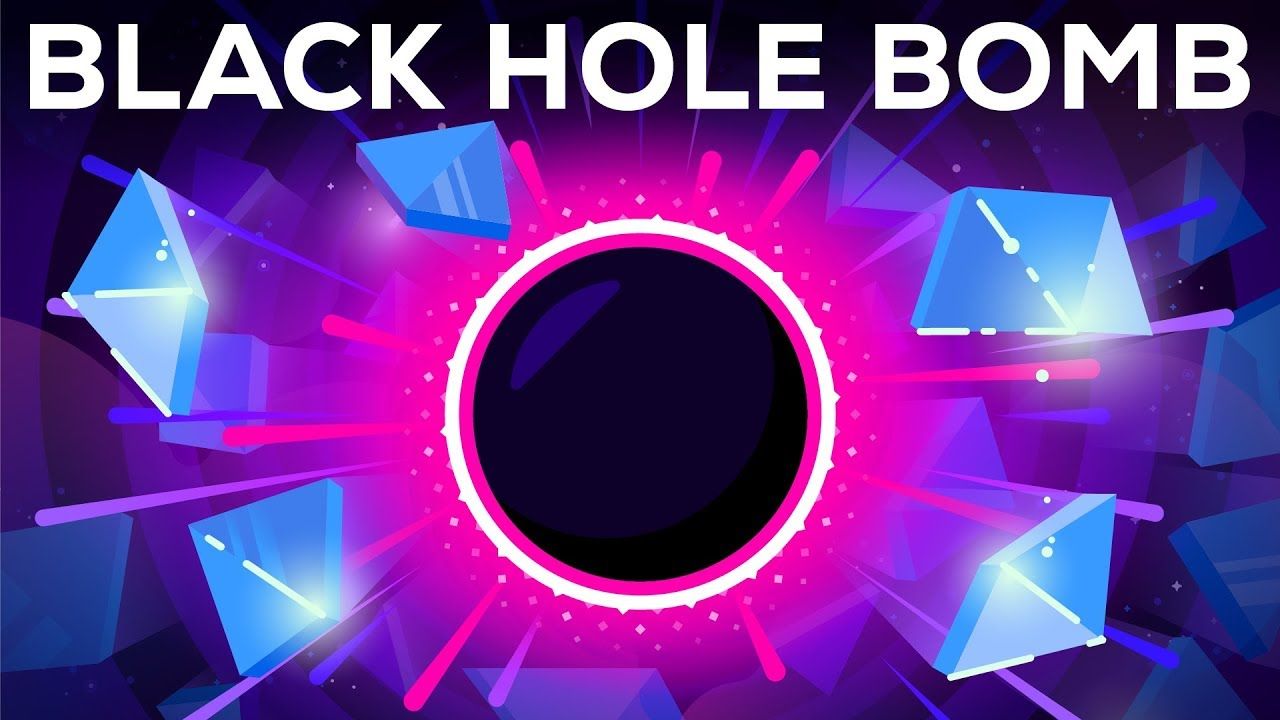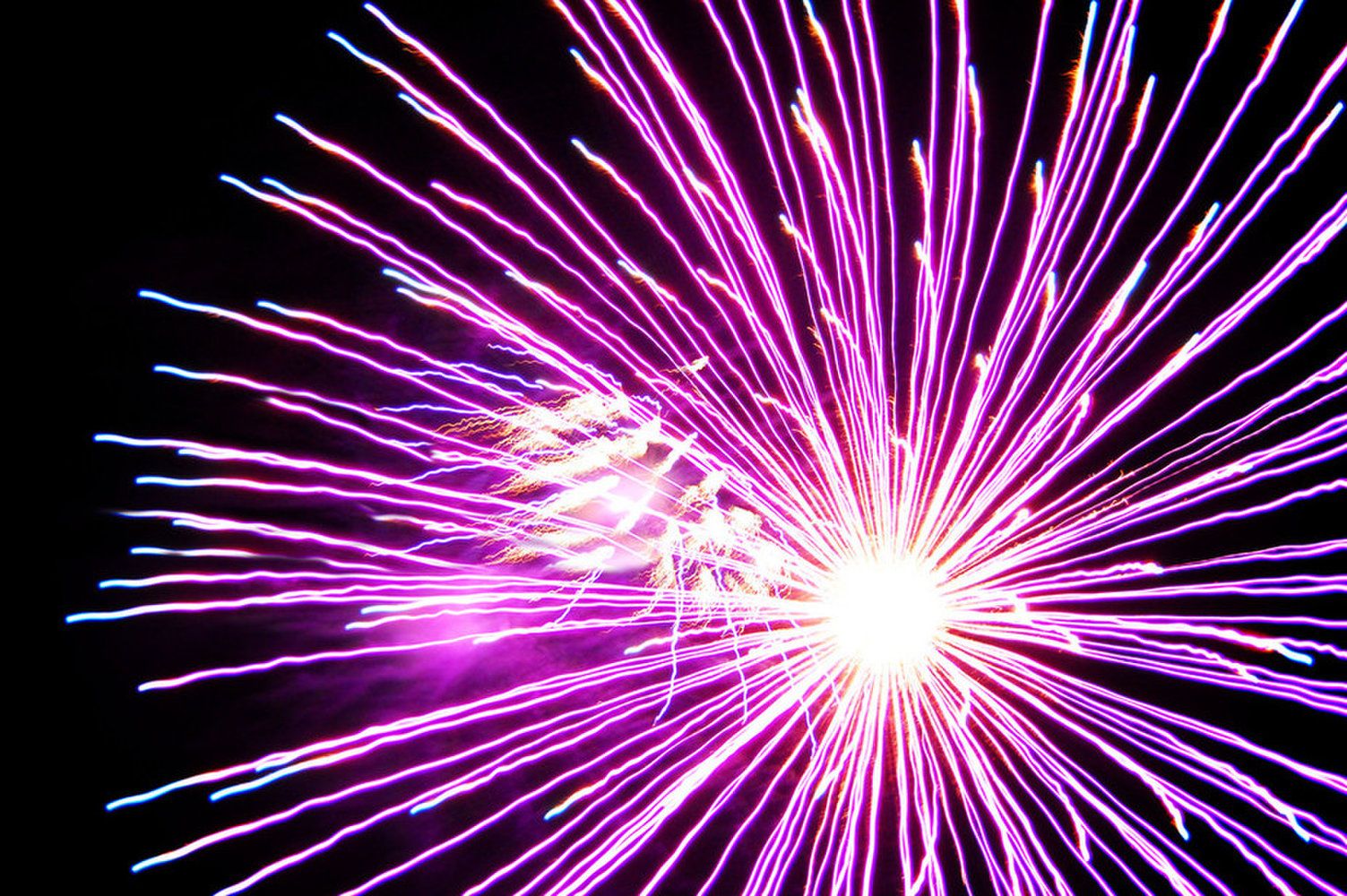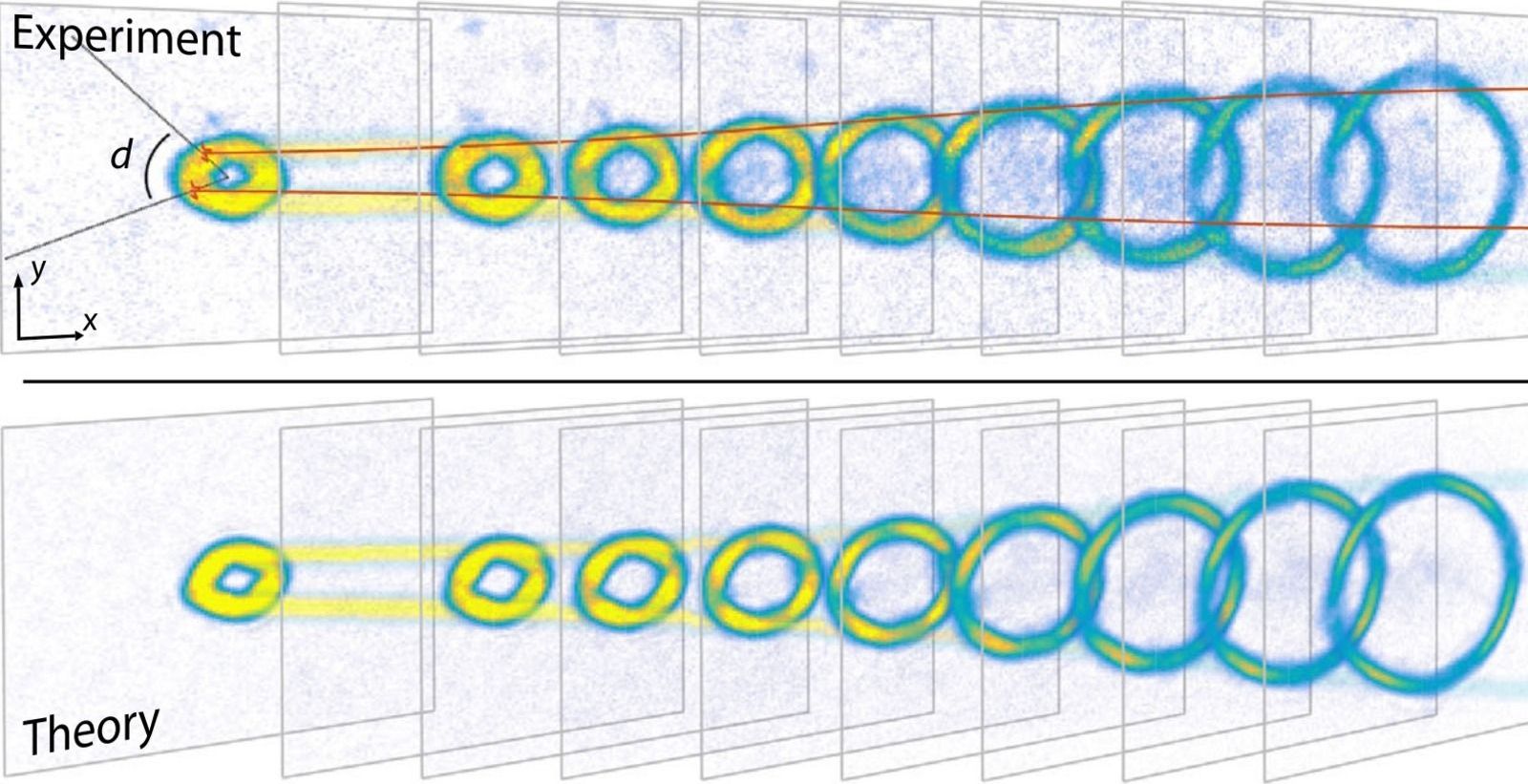If you’re the type of person who sometimes wakes up at 3am and lies in bed trying to wrap your tiny mind around the achingly vast Universe and where it’s all headed, well, we have something for you (also, same).
This incredible (and incredibly long) infographic from 2015 just keeps going and going and going. Which makes sense, because we’re talking about the entire lifespan of the Universe, from the moment of the Big Bang to the ‘heat death’ of everything we know and love.
Created by Slovak graphic designer Martin Vargic, the Timeline of the Universe covers the past 13.8 billion years of space, and then plots out what’s likely to occur in the next 10 billion or so.
